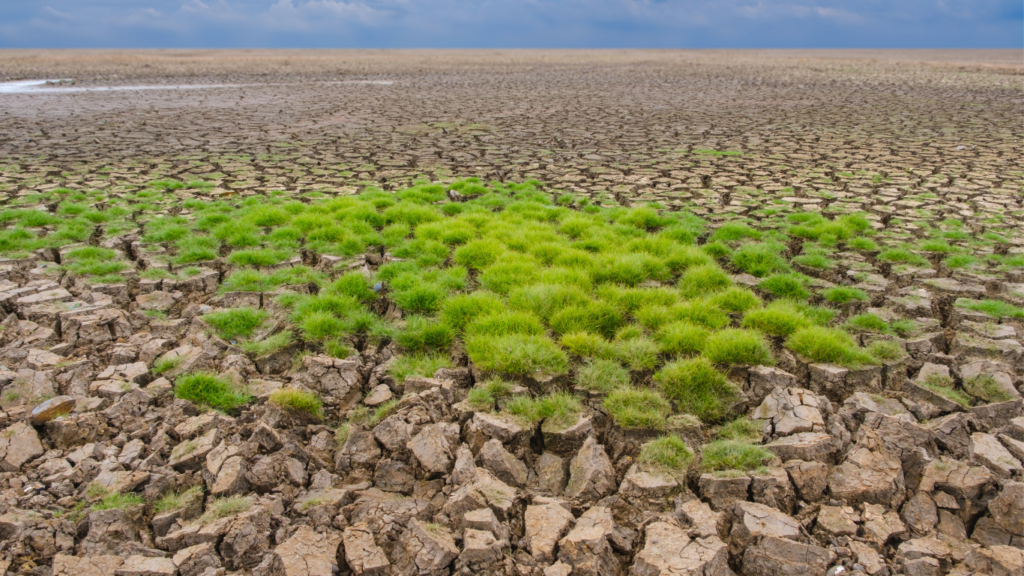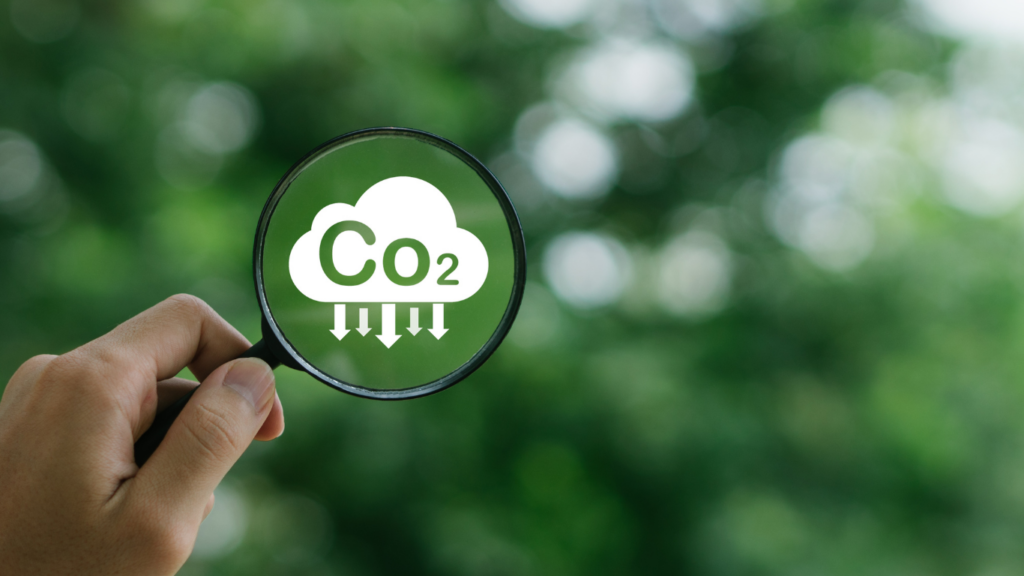Understanding Climate Change
Climate change describes shifts in global temperatures and weather patterns over time. These shifts stem from natural processes like volcanic eruptions and human activities such as burning fossil fuels.
- Greenhouse Gases: These gases, including carbon dioxide (CO2), methane (CH4), and nitrous oxide (N2O) trap heat in the Earth’s atmosphere. Human activities have significantly increased their concentrations since the Industrial Revolution. For instance, CO2 levels surpassed 415 parts per million in 2019, up from 280 ppm in pre-industrial times.
- Global Temperature Shifts: Average global temperatures have risen by approximately 1.2°C compared to pre-industrial levels. This rise leads to more frequent and severe weather events like hurricanes and heatwaves. The Intergovernmental Panel on Climate Change (IPCC) warns that surpassing a 1.5°C increase could result in catastrophic environmental impacts.
- Ocean Effects: Oceans absorb about 90% of the heat from global warming, causing seawater temperatures to rise. Warmer oceans contribute to melting ice caps and rising sea levels. For example, sea levels have risen by 8-9 inches (21-24 cm) since 1880.
- Ecosystem Disruption: Climate change disrupts ecosystems, affecting species’ survival. Some species migrate to cooler areas, while others face extinction. Coral reefs, which support about 25% of marine life, suffer from bleaching due to ocean temperature increases.
- Human Impact: Human communities experience climate change through altered agricultural patterns, water shortages, and increased health risks. Extreme weather events strain infrastructure and displace populations. For perspective, in 2020, 30 million people relocated due to weather-related disasters.
Understanding these elements is crucial for addressing climate change effectively. By grasping the science, we can make informed decisions and take meaningful action.
The Greenhouse Effect

The greenhouse effect is a natural process essential for life on Earth. Without it, our planet would be too cold to sustain life.
Key Greenhouse Gases
Greenhouse gases trap heat in the atmosphere. Key gases include:
Carbon Dioxide (CO₂)
- Sources: Fossil fuel combustion, deforestation, and industrial processes.
- Impact: Contributes about 76% of global greenhouse gas emissions.
Methane (CH₄)
- Sources: Natural gas production, livestock, and landfills.
- Impact: 25 times more potent than CO₂ over a 100-year period.
Nitrous Oxide (N₂O)
- Sources: Agricultural activities, fossil fuel combustion, and industrial processes.
- Impact: 298 times more potent than CO₂ over a 100-year period.
Fluorinated Gases (e.g., CFCs, HCFCs, HFCs)
- Sources: Industrial processes, refrigeration, and solvents.
- Impact: High global warming potentials, ranging from thousands to tens of thousands of CO₂ equivalents.
How the Greenhouse Effect Works
The greenhouse effect begins when solar radiation reaches Earth. Here’s the process:
- Absorption
Earth absorbs most of the solar energy, warming the surface.
Some energy reflects back to space as infrared radiation. - Emission
Greenhouse gases absorb infrared radiation, trapping heat in the atmosphere. - Re-radiation
Trapped heat is re-radiated back to Earth’s surface, maintaining the planet’s temperature.
This trapped heat supports life but becomes problematic when excessive greenhouse gas emissions amplify the effect, causing global warming.
Human Impact on Climate Change
Human activities significantly contribute to climate change by increasing greenhouse gas concentrations. The primary culprits include the burning of fossil fuels and deforestation.
Fossil Fuels and Carbon Emissions
Burning fossil fuels releases substantial amounts of carbon dioxide (CO₂) and other greenhouse gases into the atmosphere. Coal, oil, and natural gas are the most common fossil fuels. They account for approximately 89% of global CO₂ emissions. These emissions come from power plants, transportation, and industrial processes. For example, the transportation sector alone contributes over 20% of global emissions. Consequently, the increased CO₂ levels amplify the greenhouse effect, leading to global warming and climate change.
Deforestation
Deforestation involves clearing forests for agriculture, logging, and urban development. This activity reduces the number of trees available to absorb CO₂ through photosynthesis. Forests cover about 31% of Earth’s land area, yet deforestation leads to the release of stored carbon. For instance, the Amazon rainforest has seen significant deforestation, causing widespread carbon release. Additionally, forest loss disrupts ecosystems and biodiversity, further exacerbating climate change impacts.
By addressing fossil fuel use and deforestation, we can mitigate some human impacts on climate change and pave the way for a more sustainable future.
Scientific Evidence
Scientific evidence supports climate change through multiple reliable sources and data. These sources provide invaluable information about historical climate patterns and current trends.
Ice Core Data
Ice core data offers a historical record of Earth’s climate over hundreds of thousands of years. Scientists extract these cores from ice sheets in Antarctica and Greenland, analyzing trapped air bubbles to determine past atmospheric compositions and temperatures. For example, data from the Vostok ice core covers the past 420,000 years, revealing patterns of temperature fluctuations correlated with greenhouse gas concentrations. This data shows a clear increase in carbon dioxide and methane levels, corresponding with industrial activity and human impacts. These findings confirm significant human influence on the climate.
Temperature Records
Temperature records, collected over the past 150 years, demonstrate a clear warming trend. Instrumental data from weather stations worldwide track average global temperatures, showing an increase of approximately 1.2°C since pre-industrial times. For instance, NASA’s Goddard Institute for Space Studies provides robust datasets illustrating this steady rise. Additionally, satellite measurements corroborate surface temperature data, offering comprehensive coverage and consistent observations. These records are critical in understanding the extent of current climate change and informing future projections.
Effects of Climate Change
Scientists have documented numerous effects of climate change that impact ecosystems, communities, and the global population. Two major consequences are rising sea levels and extreme weather patterns.
Rising Sea Levels
Global sea levels have risen by approximately 8-9 inches since 1880, with about a third of this rise occurring in just the past 25 years (source: NOAA). This increase results primarily from the thermal expansion of seawater as it warms and the melting of glaciers and polar ice caps. Coastal cities are experiencing more frequent and severe flooding, with Miami and New York among those at high risk. As seawater inundates freshwater systems, saltwater intrusion affects drinking water supplies and agricultural lands, leading to potential conflicts over resources. Moreover, many island nations face existential threats, necessitating international cooperation for mitigation and adaptation.
Extreme Weather Patterns
Climate change drives more frequent and severe weather events, evident in the increased intensity of hurricanes, heatwaves, and heavy precipitation. For instance, the number of Category 4 and 5 hurricanes has roughly doubled since the 1970s (source: NOAA). Warmer sea surface temperatures fuel these storms, leading to devastating impacts on coastal regions. Heatwaves, once occasional, now occur with alarming regularity, breaking temperature records across continents. During the summer of 2021, Europe experienced one of its hottest summers on record, exacerbating wildfires and heat-related illnesses. Heavy rainfall events, which can trigger landslides and flash floods, have also become more frequent, especially in regions like South Asia, impacting millions.
The combination of rising sea levels and extreme weather patterns demands urgent action and underscores the need for comprehensive strategies to combat and adapt to climate change.


 Patience Degarmonic was instrumental in building the community and health sections of News Flip Network, bringing a fresh perspective to the platform. Her focus on wellness content, along with her efforts in curating relevant and insightful articles, added depth to the site’s offerings. Degarmonic’s contributions ensured that readers not only stay informed about current events but also gain valuable tips for leading balanced and healthy lives.
Patience Degarmonic was instrumental in building the community and health sections of News Flip Network, bringing a fresh perspective to the platform. Her focus on wellness content, along with her efforts in curating relevant and insightful articles, added depth to the site’s offerings. Degarmonic’s contributions ensured that readers not only stay informed about current events but also gain valuable tips for leading balanced and healthy lives.